The 17 Spheres of Earth
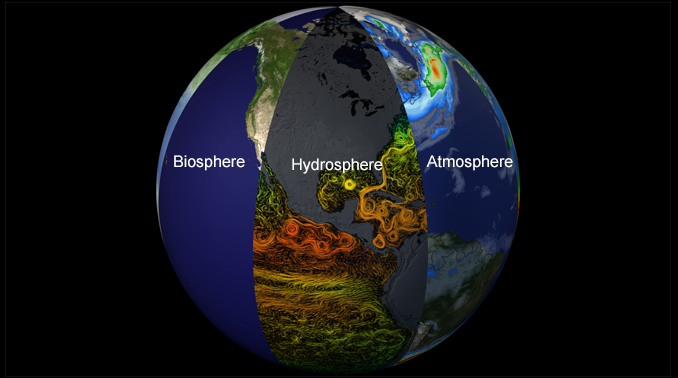
The “Spheres” of Earth
The atmosphere, biosphere, and hydrosphere are some of the commonly known spheres of Earth. But how many spheres does the Earth have in total? Are there 7 spheres of Earth? Are there just 4 spheres?
In fact:
If you get into the nitty-gritty, you can count as many as 17 spheres of Earth. But some spheres are just part of larger ones.
So today, let’s round up a list of Earth’s spheres. From inside to outside Earth, here are the spheres of Earth.
1. Mesosphere
If you started drilling a hole inside Earth, you’d first hit the crust. Next, you’d hit the mesosphere, which consists of the core and mantle. This is where Earth’s density is absolutely intense.
In fact, the deepest anyone has ever dug is just 12.7 km into the crust. But the Earth’s radius is 6,371 km, so we just barely scratched the surface! In order to better understand the mesosphere, we use tomography and seismic waves.
2. Asthenosphere
The crust of the Earth floats on the asthenosphere. But I don’t want you to picture it like a boat floating on water. It’s more like a plasticky substance.
The asthenosphere passively moves the continents in a process called continental drift. It’s also responsible for plate tectonics which initiates earthquakes, volcanoes, and tsunamis, which all can be devasting phenomena.
3. Geosphere
The geosphere is the whole outer shell of Earth. We can divide it into the continental and oceanic crust. The oceanic crust consists of the youngest rocks on Earth.
This is where lava spews out at mid-oceanic ridges deep within the ocean. But the continental crust is the opposite. It’s old and forms the continents we live and play on.
4. Lithosphere
All the rocks on Earth make up the rigid sphere of Earth known as the lithosphere. The lithosphere is hard, brittle, and old. The oldest rocks in the lithosphere are more than 4 billion years old.
If you could speed up time, you’d see rocks in the lithosphere continuously cycling from within the planet. The rock cycle builds all types of rocks, including igneous, metamorphic, and sedimentary rocks.
5. Pedosphere
If you take rocks from the lithosphere and erode them over time, you get soil in the pedosphere. Soil is just weathered rock. It’s where plants establish their roots.
Soil also has living things like bugs, worms, roots, and dead leaves. This organic material is among the many soil formation factors.
6. Biosphere (Ecosphere)
All living things on land, air, and oceans make up the biosphere. In every type of ecosystem, organisms rely on each other as part of an intricate food web. On land, herbivores feed on plants. Then, predators consume herbivores.
At the top of the food chain, humans and apex predators dominate. When an animal dies, decomposers break them down. At this point, dead matter can be recycled as part of the nutrient cycle. Then, it becomes part of the food chain once again.
7. Hydrosphere
The hydrosphere refers to the salt and freshwater that occupies 71% of Earth. Water is what makes Earth different from any other planet. This becomes more obvious when you spin the globe to the Pacific Ocean on Google Earth.
You’ll see one side of the planet is completely covered in water! Oceans have a complex biosphere dependent on sunlight and nutrients. Its foundation is single-celled photosynthesizing phytoplankton feeding all aquatic life in the oceans.
8. Cryosphere
If you take water from the hydrosphere and freeze it, then it becomes part of the cryosphere. The cryosphere is the all-encompassing term for locations where water is in solid form.
For example, glaciers, ice sheets, frozen lakes, and rivers are part of the cryosphere. There is a significant overlap between the cryosphere and hydrosphere. This is because water repeatedly changes state based on season and time of year.
9. Atmosphere
The atmosphere is the envelope of gases that surround Earth. If you look at the atmosphere’s chemical composition, it’s mostly nitrogen and oxygen. Air is denser closer to Earth because of Earth’s gravitational pull. As you move outwards, the air becomes less dense.
You can divide the atmosphere into layers. From bottom to top, it consists of the troposphere, stratosphere, mesosphere, and thermosphere. Then, the thermosphere has two parts: the ionosphere and the exosphere.
10. Troposphere
The innermost layer of the atmosphere is the troposphere. Like all layers of the atmosphere, the height of the thermosphere depends on where you are located. On average, it extends about 13 km from ground level.
The troposphere contains 80% of the atmospheric mass. Most importantly, it’s the air we breathe, it contains most of our daily weather, and most air traffic flies in it.
11. Stratosphere
If you move 12 to 50 kilometers upward into the atmosphere, you’d hit the stratosphere. The stratosphere is known for its large concentration of ozone (O3).
The ozone layer raises the temperature in the stratosphere because ozone absorbs radiation from the sun. Lucky for us, it also protects our skin like a shield from harmful solar rays.
12. Mesosphere
There are 2 different mesospheres that make up Earth’s spheres. This mesosphere is not to be confused with the mesosphere deep inside the Earth. This mesosphere is part of the atmosphere and spans a vertical distance from ~50 to 90 km.
Air is very thin in the mesosphere. It’s almost like a vacuum. But it’s thick enough to cause meteors to burn up and disintegrate. The mesosphere reaches temperatures under -100°C. It has very little impact on weather, air pollution, and water storage capacity.
13. Thermosphere
The thermosphere is the uppermost part of the atmosphere. There are two parts to the thermosphere. It consists of the ionosphere and exosphere.
Although the thermosphere extends to about 550 km altitude, its mass is only 0.002% of the total atmosphere. The thermosphere is home to the International Space Station (ISS). It orbits in the middle of the thermosphere between 330 and 435 km.
14. Ionosphere
This sphere of Earth is derived from the word “ion” which means electrically charged. So, it should be no surprise that this is the sphere of Earth that becomes ionized from cosmic radiation.
The interaction between charged particles from the sun and Earth’s magnetic field in the ionosphere creates beautiful natural light displays in the polar regions known as the Aurora Borealis (Northern Lights) and Aurora Australis (Southern Lights).
15. Exosphere
The outermost part of the atmosphere is the exosphere. It’s so far away and has such thin air that some scientists don’t even recognize it as a layer of the atmosphere.
Its thin air is why the thermosphere has a whole fleet of satellites (and space junk) that freely orbits it. The exosphere extends to about halfway to the distance of the moon. There’s no outer edge because it gradually fades in density to the vacuum of outer space.
16. Magnetosphere
There is a significant overlap between the magnetosphere and the ionosphere. In fact, the ionosphere is just the inner edge of the magnetosphere. The magnetosphere varies in extent and is bound by the extent of Earth’s magnetic field.
It’s not only Earth that has a magnetosphere. Other planets have them and it’s key for habitable life. Like a bubble that surrounds Earth, the magnetosphere protects us from the fury of the sun.
17. Plasmasphere
If you take the inner section of the magnetosphere and track where it consists of low energy electrically charged gas (plasma), this is the plasmasphere. At all times, the sun ejects vast amounts of plasma into the solar system.
When plasma enters Earth’s magnetosphere, Earth’s magnetic field is relatively unaffected. But during large solar storms, plasma can enter into rifts at the poles. It has the potential to disrupt satellites and network communications around the world.
Learn More About Earth’s Spheres
Now, it’s your turn. Did we miss any of Earth’s spheres? Bonus points if you can name any more.
Or better yet:
Are we missing any spheres in the English language? Why no “forestphere”? Or “mountainsphere”? Can you think of any that should become an official sphere of the Earth? Let me know with a comment below.

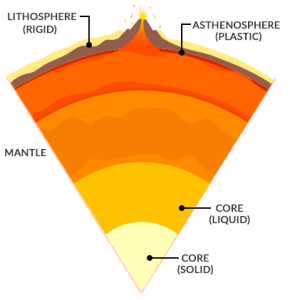
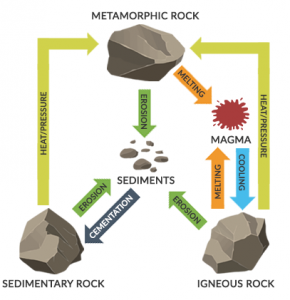
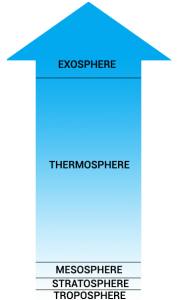

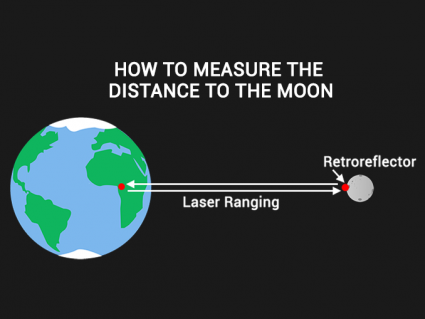
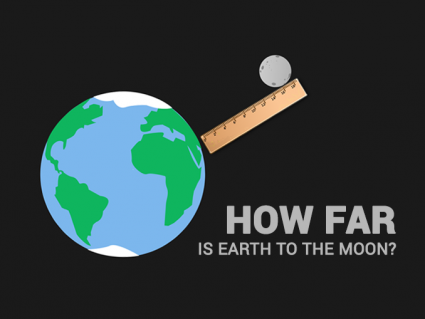
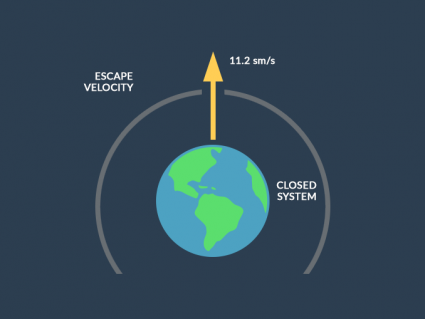
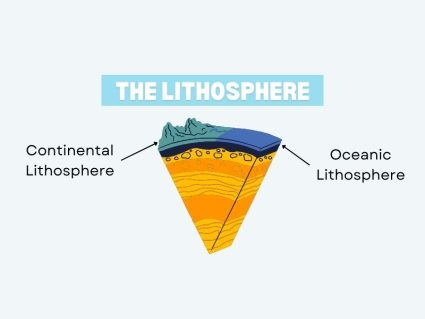
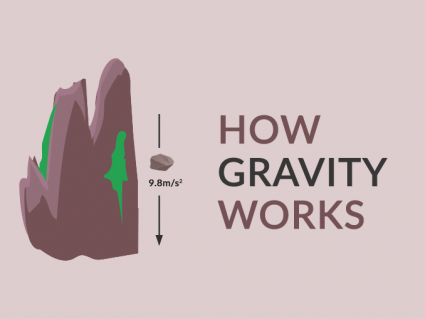
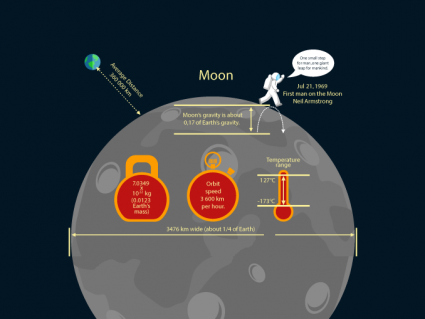
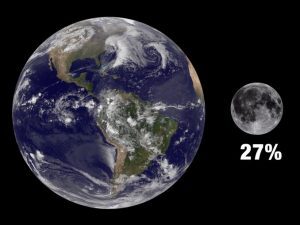
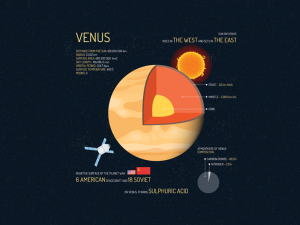
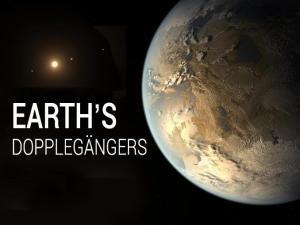
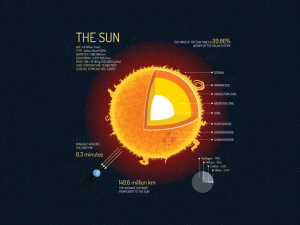
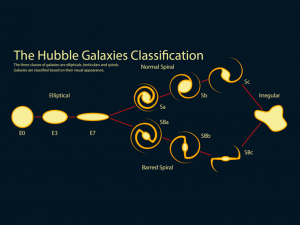
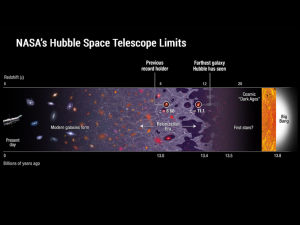
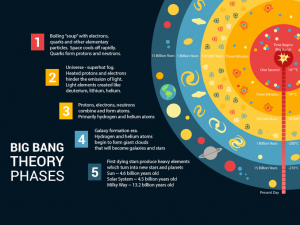
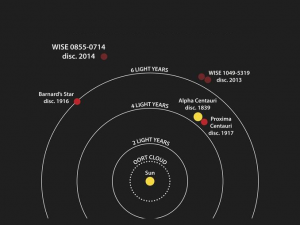
I loved this! Time to prove my teacher wrong (as I’m sure many of you have)! I truly enjoyed learning this even though my friends say it’s a “boring” topic. I’m interested in learning more about this! Thanks! 😄
It really helps when I cannot figure out what the 17 spheres was for my science vocabulary
The Technosphere
Thanks , this was awesome.
ANTHROSPHERE
My teacher only assigned 4 spheres. I did all of them.
There are also what I call “Metricspheres”, in which we can find strong indicators of sustainability in human social systems (or their absence, as the case may be):
https://www.sustainableorganizations.org/Dashboard-Theory-and-Metricspheres.pdf
I was gonna say you forgot the lithosphere but I was wrong.
hemisphere
technosphere
Wow I don’t know this will be more such interesting to me I love what I mean I think this is a great knowledge that I can let people achieve from me
The French Philospher, Teilhard D’ Chardin coined the concept of a “Noosphere” – a sphere of our human ‘collective-consciousness’ (thought) circulating the Earth. Intriguing.
Thanks, very helpful!
There’s also the pyrosphere, technosphere, dysonsphere, and stratosphere.
I didn’t see the barysphere
Just like inertia, the quantity of mass posses by a body should be given a sphere, inertiasphere, and above the exosphere, the interaction radiation both living and non living things, the sun, the luminiousphere
My teacher said that there was only 5 spheres but now I can prove her wrong!
I love this so much it makes me cry with happy tears Just kidding but it was really nice to learn about sphere you helped me and many others with this information so thanks!
I really like this I hope you leave a part 2. This helped me with my research so very much I thank you!
?
Pyrosphere is what I was thinking too
Good one!
Pyrosphere
Technoshpere
Thanks for the info
Doesn’t this prove that human beings cannot go into space? From the changes in temperature to the changes in density and the fact that meteors disintegrate. What would it do to a measly spaceship and its voyaging passengers?
My teacher says there are only 4 spheres, but I knew that couldn’t be right. Now I can prove her wrong
Well that’s great information. Helped me a lot
What are the shortest means to space travel?
I’m in the process of designing a poster about our being environmental stewards who are meant to care for our “Spheres of Influence”. I’m Artsy Smartsy, not a scientist. Thanks for the information.
Noosphere – When the biosphere turns into a human-dominated environment.
Amazing information! Thank you so much!!! I loved it ?
Yes, you could go even further down into the ocean if you wanted to explain what would be basically a sphere all around the world but the ocean isn’t all the way around the earth of coarse but at the same depths is what I mean in every ocean you can kind of imagine a sphere for these creatures that are only able to stay farthest down in the ocean but not really travel upwards into the more shallow waters, some of them even down to algae and bacteria sized organism operate in their own “spheres” of reality as well because its the same to me as you’re describing here in my mind. Please contact me as I’d love to know what you think and chat about it.
Technosphere, the human modified places on the earth
The Technosphere
The anthroposphere is human life
How about Amazon spheres? Does the Amazon forest count for any different type of climate sphere?
Great lesson on the many layers of our amazing onion! Does the cryosphere count? Just asking for Students on Ice.
Geocorona sphere.
The Hill Sphere is the space around a celestial body occupied by natural satellites close enough to be pulled by its gravity into orbit AND far enough from a larger body that it won’t be pulled out of orbit. This is the sphere that moons sit in. We just happen to have 1 object in ours. It’s a bit easier to accept with a planet like Jupiter or Saturn
There is an additional sphere. The LEOsphere “Low Earth Orbit Sphere”. At approximately 2,000 km above the surface of the earth. It’s occupied by the majority of human made satellites. A concern when considering the Kessler effect.
Thank you for posting this. The noblest thing we can do is to educate others. The reason I’m writing a physics paper involving spheres, gravitational influences and the 3 body problem. The paper involves the Earth, Moon, our star, and Mars. The magneto sphere and it’s change.